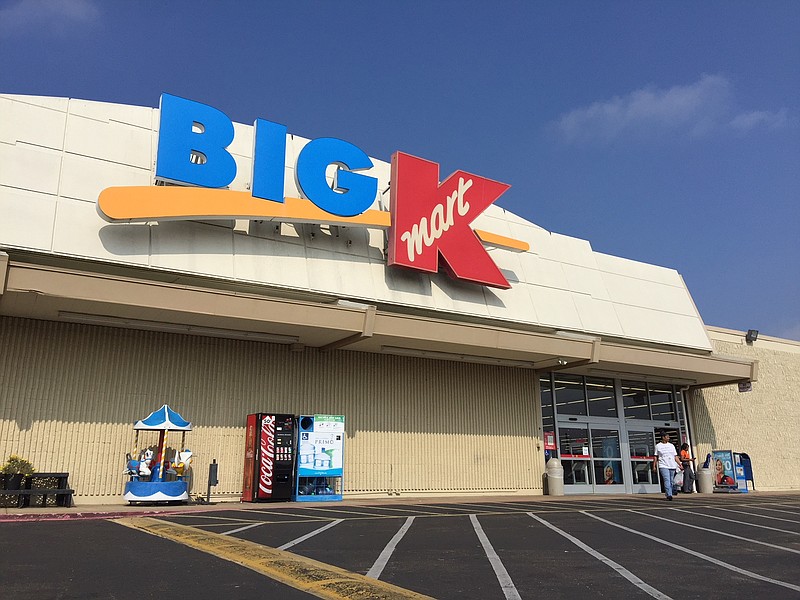The Texarkana, Texas, Kmart store will close at the end of January, according to a press release from Sears Holdings, the parent company for both Kmart and Sears.
The store, at 4520 W. Seventh St., is one of 45 Kmart and 18 Sears stores to shutter as the retailer reduces its footprint and shifts toward a digital presence.
Texarkana's Sears store in Central Mall closed in September.
Eligible Kmart associates will receive severance and be given the opportunity to apply at the remaining stores.
Liquidation sales will begin as early as Thursday at the closing stores, according to the press release.
In the early to mid-1990s, Kmart also had a Texarkana store off North State Line Avenue and south of Interstate 30.
Kmart's origins date back to 1899 when Sebatian Spering Kresge opened a five-and-dime store in downtown Detroit. By 1912, he had expanded to 85 stores with annual sales of more than $10 million, according to Sears Holdings' website.
In 1966, sales in the Kmart and Kresge stores topped $1 billion. In 1996, many Kmart stores underwent remodeling efforts. Those stores became BigKmart.
In 2004, Kmart became part of Sears Holdings.
This year, both former retail giants announced plans to bow out of the Texarkana's retail scene.
Experts say the growth of Walmart and the expansion of product lines in big box stores like Home Depot and Lowe's eventual crippled Sears, one of America's legendary retailers.
In the 1990s, Sears' efforts to diversify into the financial service sector proved ill-advised, taking too much of its focus from its core business.
The retailer saw sales decline by more than $2 billion last year and had been fighting this trend for more than a decade.
Sears started out as a mail order company known for catalogue sales in the early 1900s. This fit perfectly with an agrarian economy with limited transportation options.
That changed when automobiles became prevalent. This new mobility drastically changed consumer expectations. By the early 1930s, Sears was building stores as fast as it could and soon became the nation's largest retailer.

